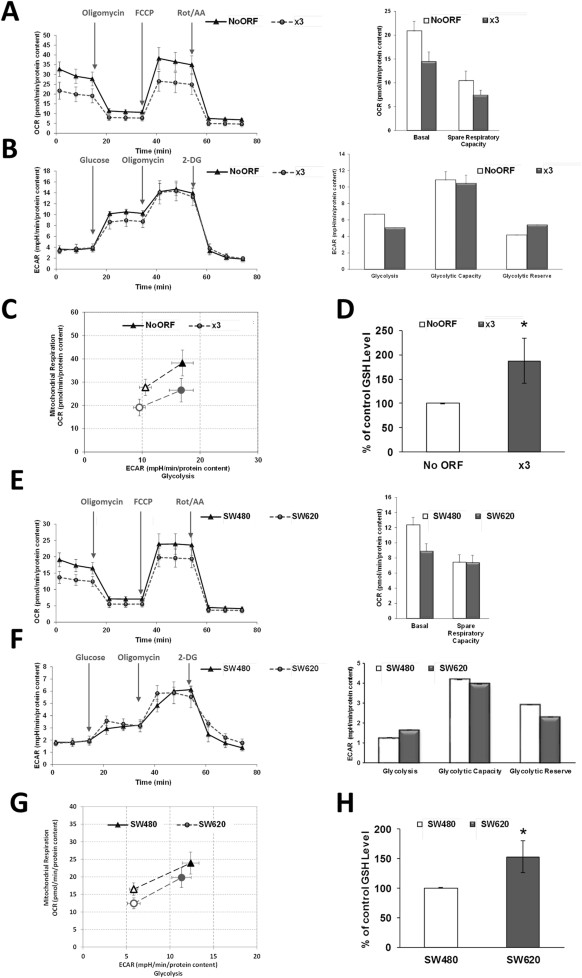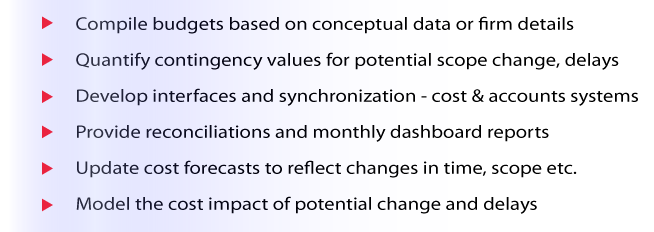
There are four divisions: Senior, Junior, Intermediate, and Classroom. League Organization Membership: Any secondary school that agrees to abide by these rules shall be admitted to the American Computer Science League (ACSL) upon application and receipt of the League dues. Wed like to acknowledge and thank Steve Conrad and Dan Flager for allowing us to adapt our Rules and Procedures from their copyrighted format

_ TABLE OF CONTENTS League Origanization General Contest Procedures How ACSL Works Category Descriptions Assembly Language Programming Bit-String Flicking Boolean Algebra Computer Number Systems Data Structures Digital Electronics Graph Theory LISP Programming Prefix/Infix/Postfix Notation Recursive Functions Regular Expressions and FSAs What Does This Program Do? Sample Programming Problems Junior Division Intermediate Division Senior Division _

The purpose of this booklet is not to serve as a textbook rather, it is intended to be used as a reference for the types of problems which are likely to be asked, to give references for further reading, and to present some actual problems which were used in the past. The information contained in this booklet supercedes all previous years. For example, Digital Electronics is based on Boolean Algebra, which in turn, is derived from the well-known area of Set Theory. Some topics late in the year are based on topics given earlier in the year. Each contest contains at most one or two new categories, and most advisors find that about one hour is sufficient to introduce students to each new category. However, these categories are all manageable at the junior and senior high school levels, as experience from past years has proven. Do not become alarmed if the material looks difficult! Although the topics cover basic areas in computer science, few secondary schools normally teach them (at least not until theyve been involved in ACSL!). This booklet is designed to help advisors and students prepare for the American Computer Science League contests.


 0 kommentar(er)
0 kommentar(er)
